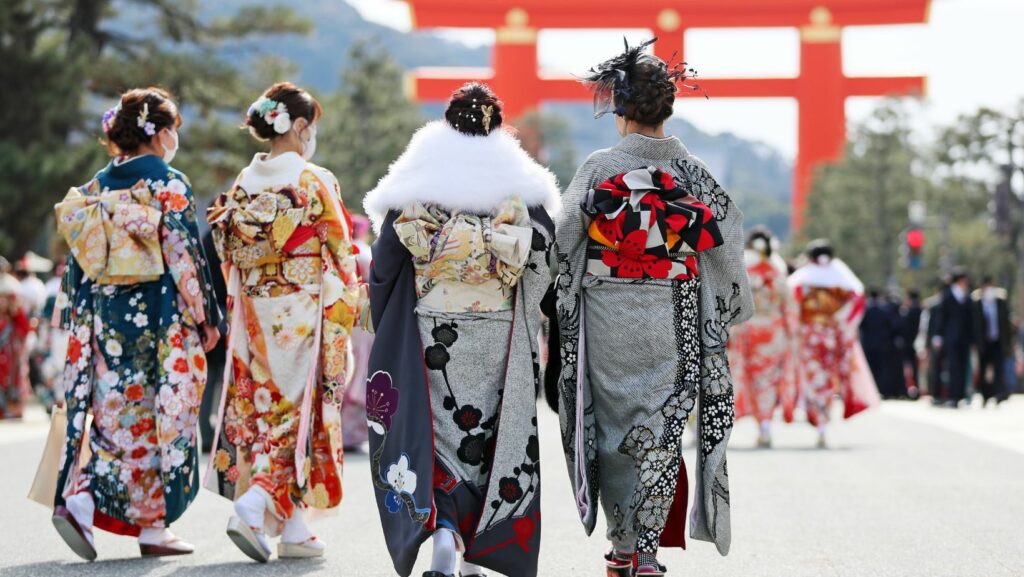Japan’s cultural landscape is a vibrant tapestry woven with traditions that stretch back millennia and innovations that sprint towards the future. From the serene tea ceremonies to the electric buzz of Tokyo’s Shibuya district, the cultural activities in Japan offer a unique window into the soul of this island nation. Visitors and locals alike find themselves enchanted by the meticulous art of ikebana, the disciplined movements of martial arts, and the heartfelt performances of kabuki.
Cultural Activities in Japan
Japan offers a wide array of cultural activities that illustrate the country’s unique blend of ancient customs and dynamic modernity. Tourists and locals alike can dive into experiences that not only entertain but also educate about the deep historical roots and aesthetic values of Japanese culture.
Tea Ceremonies and Ikebana
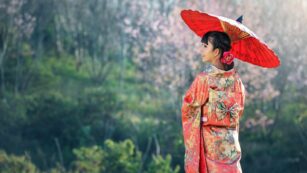 Participating in a Japanese tea ceremony offers a deep appreciation for the ritualistic aspects of Japanese culture. Known as “Chado” or “The Way of Tea,” this ceremony is a choreographed art of preparing and serving Japanese green tea, typically matcha. The meticulous process involved in a tea ceremony embodies a philosophy of peace, respect, purity, and tranquility, themes integral to Japanese culture.
Participating in a Japanese tea ceremony offers a deep appreciation for the ritualistic aspects of Japanese culture. Known as “Chado” or “The Way of Tea,” this ceremony is a choreographed art of preparing and serving Japanese green tea, typically matcha. The meticulous process involved in a tea ceremony embodies a philosophy of peace, respect, purity, and tranquility, themes integral to Japanese culture.
Ikebana, the art of Japanese flower arranging, stands as another distinct representation of Japanese aesthetics. Unlike mere decorative flower arranging, ikebana is a disciplined art form where nature and humanity are brought together. Practitioners often use minimalistic arrangements to symbolize different emotions and reflections on natural beauty. Regular exhibitions and workshops make ikebana accessible to both beginners and skilled florists.
Martial Arts
Martial arts are a celebrated aspect of Japan’s cultural heritage. Disciplines like Judo, Karate, and Aikido are not only popular as sports but are also deeply rooted in the principles of discipline, self-control, and ethical behavior. Training sessions in dojo (training schools) across Japan provide hands-on experiences for those interested in understanding the philosophical and physical elements of these arts.
Festivals and Workshops
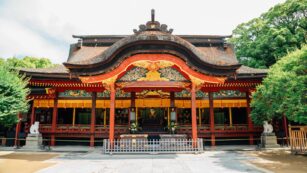 Seasonal festivals (matsuri) and traditional workshops play a crucial role in community bonding and in the transmission of Japanese cultural values. Events like cherry blossom festivals in spring and snow festivals in winter draw crowds, who take part in activities ranging from parade watching to traditional mochi-making workshops. These festivals and their associated workshops serve as vibrant centers of Japanese culture, offering immersive experiences in everything from traditional music and dance to arts and crafts.
Seasonal festivals (matsuri) and traditional workshops play a crucial role in community bonding and in the transmission of Japanese cultural values. Events like cherry blossom festivals in spring and snow festivals in winter draw crowds, who take part in activities ranging from parade watching to traditional mochi-making workshops. These festivals and their associated workshops serve as vibrant centers of Japanese culture, offering immersive experiences in everything from traditional music and dance to arts and crafts.
Through these cultural activities, visitors gain not just enjoyment but also insight into the enduring spirit of Japan’s historical legacy and community life.
Japanese Performing Arts
Japanese performing arts offer an evocative glimpse into the country’s storied past, blending intricate performances with deep historical roots. These traditional arts, from the dramatic masks of Noh theater to the dynamic movements of Kabuki, continue to captivate audiences and uphold Japan’s cultural heritage.
Kabuki Theater
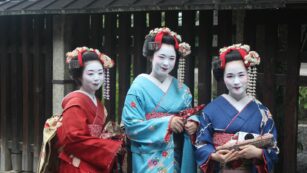 Kabuki theater, characterized by its stylized drama and the elaborate makeup worn by performers, plays a significant role in Japan’s theatrical tradition. Originating in the early 17th century, Kabuki combines singing, dancing, and acting in a spectacular fashion. Audiences enjoy the intricate costumes and the large, expressive gestures that actors use to convey their emotions, making it accessible even for those without knowledge of Japanese language. Renowned for male actors called “Onnagata” who take on female roles, Kabuki preserves its uniqueness and remains a major tourist attraction. Major theaters, such as Tokyo’s Kabukiza Theatre, regularly host performances that showcase the best of Kabuki’s classic and modern plays.
Kabuki theater, characterized by its stylized drama and the elaborate makeup worn by performers, plays a significant role in Japan’s theatrical tradition. Originating in the early 17th century, Kabuki combines singing, dancing, and acting in a spectacular fashion. Audiences enjoy the intricate costumes and the large, expressive gestures that actors use to convey their emotions, making it accessible even for those without knowledge of Japanese language. Renowned for male actors called “Onnagata” who take on female roles, Kabuki preserves its uniqueness and remains a major tourist attraction. Major theaters, such as Tokyo’s Kabukiza Theatre, regularly host performances that showcase the best of Kabuki’s classic and modern plays.
Noh and Kyogen
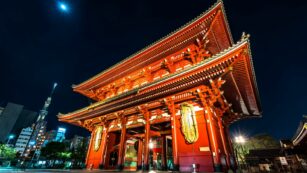 Noh, which developed alongside Kyogen, reflects a more subdued and philosophical rendition of Japanese theater. Known for its masked performances, Noh integrates dance, music, and acting to express themes often centered on dreams, supernatural worlds, and spirituality. It relies heavily on minimalism in its presentation, with precise movements that deliver a profound emotional impact. Kyogen, on the other hand, serves as a comic relief during the intervals of Noh performances. These short, humorous skits contrast sharply with the solemn and symbolic nature of Noh. Both forms of theater emphasize subtlety and depth in performance, offering insights into Japanese values and aesthetics. Together, Noh and Kyogen encapsulate the complexity and elegance of Japan’s dramatic arts, providing audiences with a reflective and enriching experience.
Noh, which developed alongside Kyogen, reflects a more subdued and philosophical rendition of Japanese theater. Known for its masked performances, Noh integrates dance, music, and acting to express themes often centered on dreams, supernatural worlds, and spirituality. It relies heavily on minimalism in its presentation, with precise movements that deliver a profound emotional impact. Kyogen, on the other hand, serves as a comic relief during the intervals of Noh performances. These short, humorous skits contrast sharply with the solemn and symbolic nature of Noh. Both forms of theater emphasize subtlety and depth in performance, offering insights into Japanese values and aesthetics. Together, Noh and Kyogen encapsulate the complexity and elegance of Japan’s dramatic arts, providing audiences with a reflective and enriching experience.

